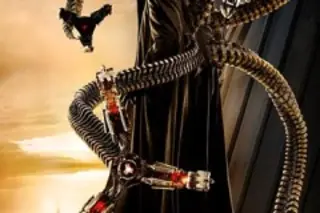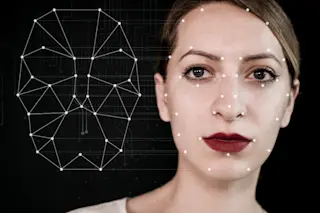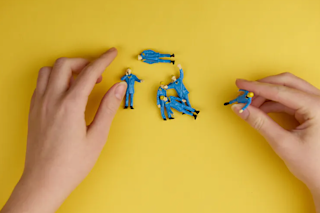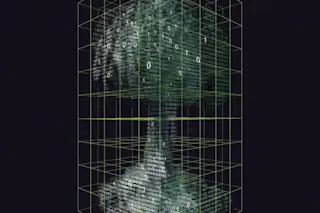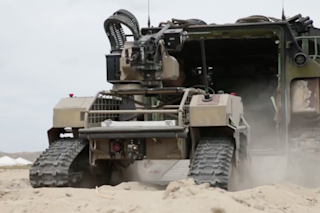In Spider-Man 2---which I know isn't canon, but work with me here---Dr. Octopus
can only do his research thanks to some spectacular artificial arms: Each of his four bonus arms is heat resistant, incredibly precise, and has a brain of its own, so they can work independently. The arms join in a knapsack-sized device that connects directly to his spinal cord, so Dr. Octopus can send signals to the arms with his thoughts. He can think sends orders to the arms through a direct link into his spine. Now here in the real world, we have trouble linking robotic limbs directly to nerves because our bodies reject metal attachments to our nerves. So Doc Ock really achieved something there, setting aside the later problems with the arms' AI (surely an easily fixed bug).
Now a crew of scientists at Southern Methodist University is working on their own technique for creating ...


